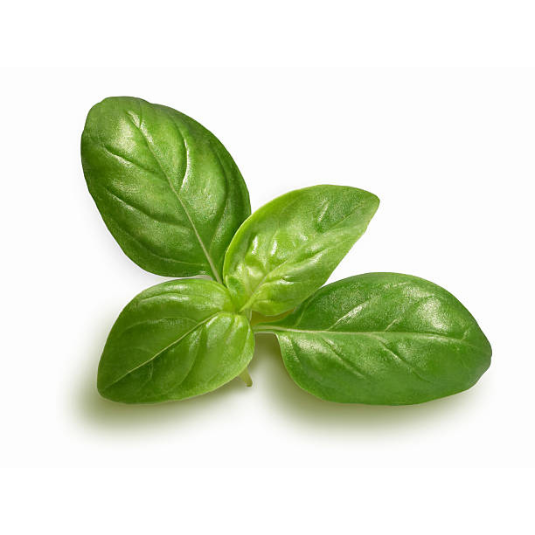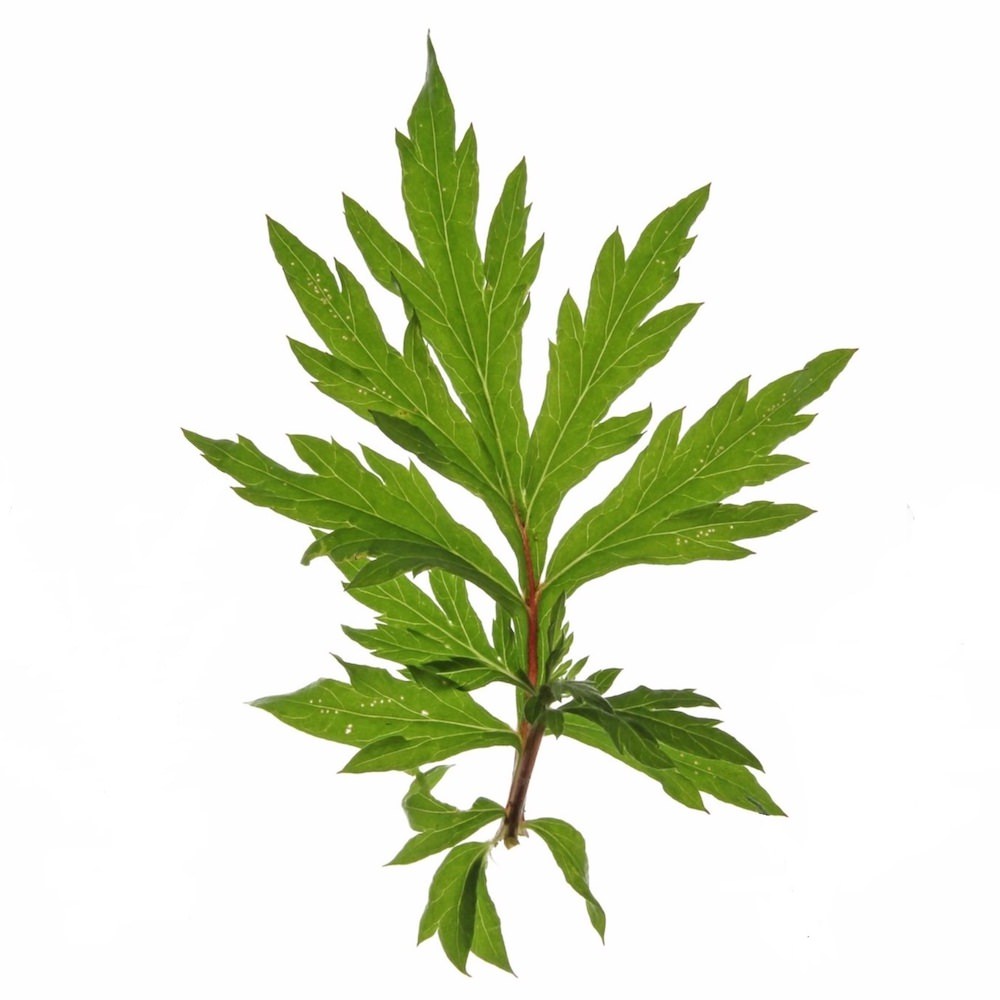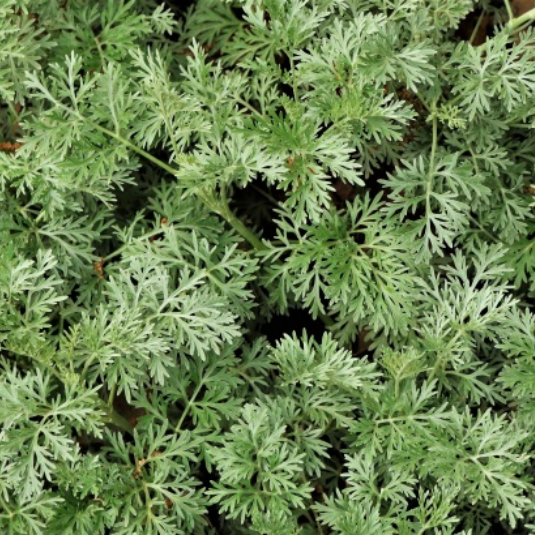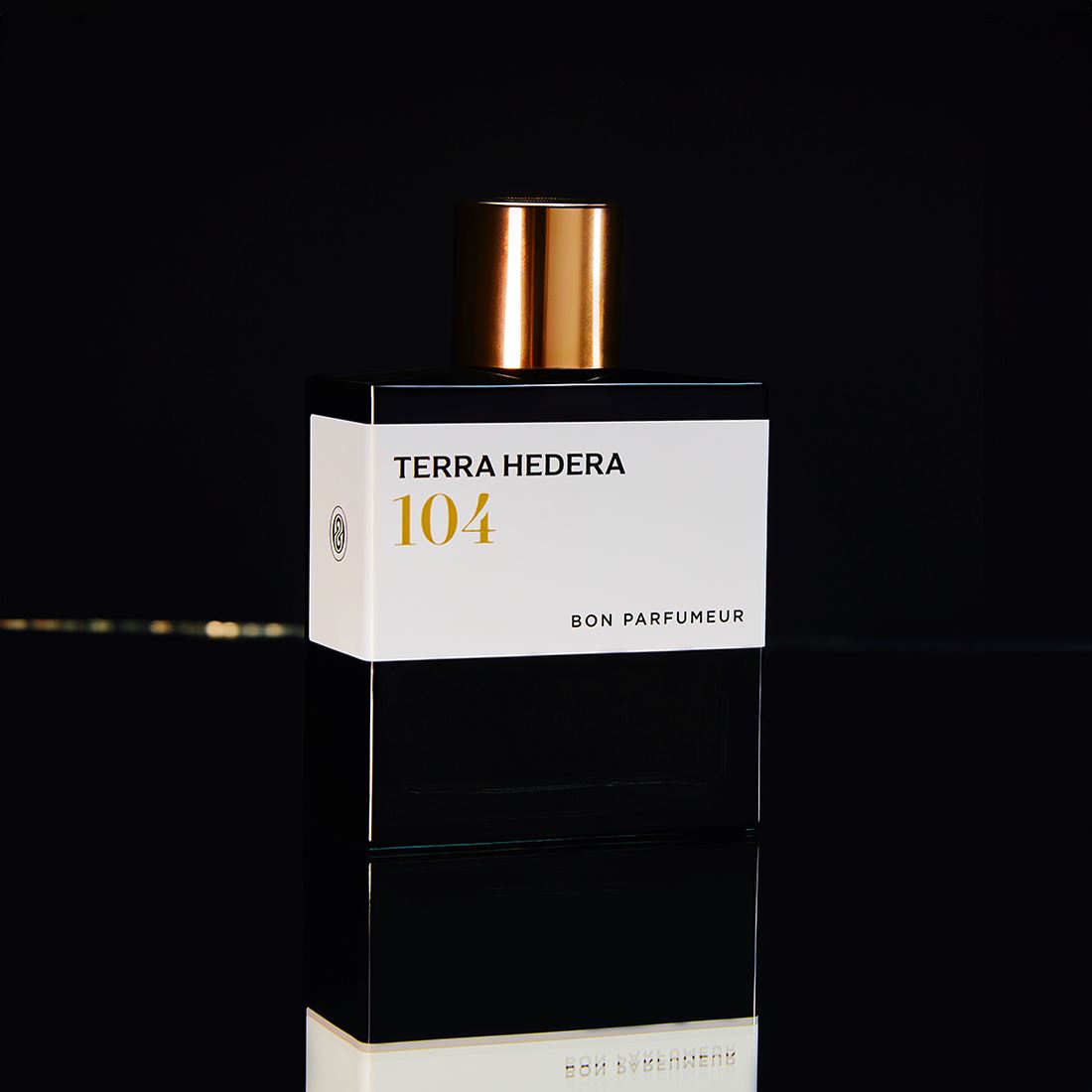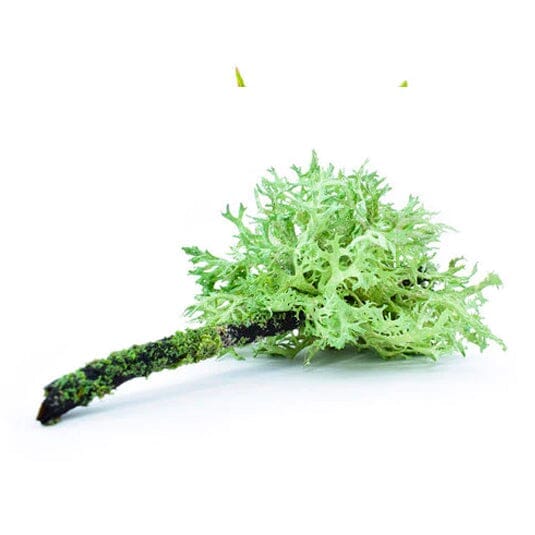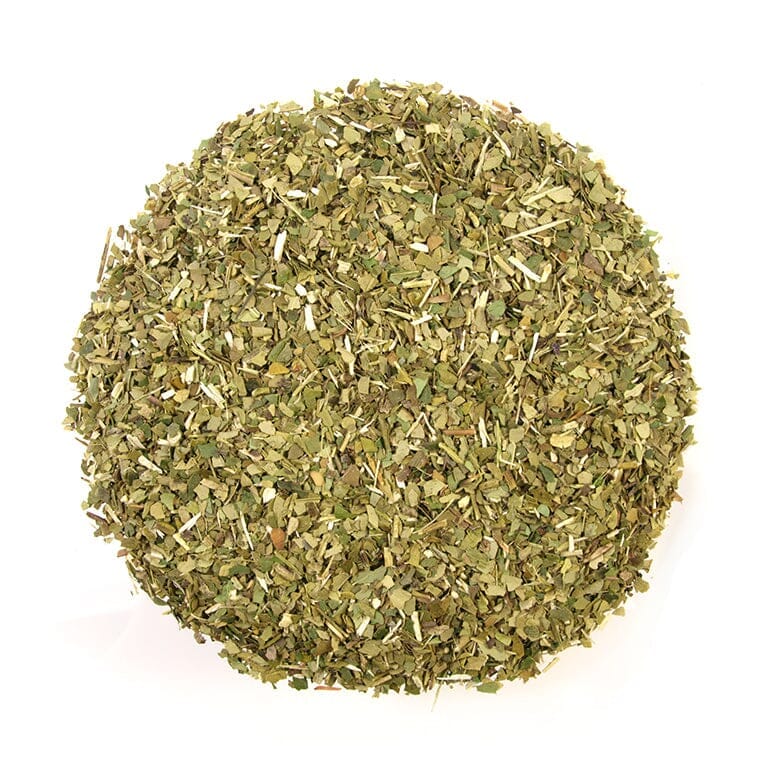Ivy X Good Perfumer
Bon Parfumeur is a French company offering a wide range of 100% made-in-France products, from eau de parfum to scented candles, soaps, and diffusers. Here's a Bon Parfumeur ivy-flavored product that might interest you:
Eau de Parfum 104 harmoniously blends the lush green notes of ivy, the invigorating freshness of green orange, and the floral grace of jasmine and hyacinth. The result is a captivating and rich fragrance that embodies sophistication and elegance, transporting you to a countryside adorned with flourishing ivy. Discover the timeless charm of ivy in Eau de Parfum 104 and let yourself be seduced by our floral collection!
What does the word ivy mean?
The word "ivy" refers to a climbing plant in the Araliaceae family, scientifically known as "Hedera." Its etymology comes from the Latin "hedera," probably related to the Indo-European root meaning "to attach" or "to intertwine." This etymology reflects ivy's ability to curl and attach itself to surfaces, such as walls or trees.
In the beginning…
In ancient times , ivy held an important place in Greek and Roman cultures. Associated with Dionysus in Greek mythology, it symbolized vitality, celebration, and fertility. Ivy leaves were used to make wreaths and garlands. The latter were worn at festivals and ceremonies dedicated to the god of wine, enhancing the sensory experience with their fragrant presence.
During the Middle Ages, ivy was often depicted in religious manuscripts and artwork. It symbolized eternal life, fidelity, and endurance. Ivy's enduring nature and lush appearance made it a powerful symbol of strength and resilience.
Today , ivy is also recognized for its environmental benefits. It helps purify the air by absorbing pollutants and provides shelter and food for wildlife. Its historical and cultural significance, as well as its practical and aesthetic qualities, have contributed to its enduring presence in gardens, landscapes, and the public imagination.
DID YOU KNOW? Ivy is considered an environmentally beneficial plant: It provides a habitat and food source for many insects, birds, and other animals. It also helps purify the air by absorbing harmful particles!
Ivy cultivation
Growing ivy is a common practice in many gardens and green spaces. Versatile and easy to grow, ivy is a popular choice for covering walls, fences, or adding a touch of greenery to indoor spaces. It tolerates a wide variety of conditions, from bright light to partial shade, and adapts to different soil types.
To grow ivy, simply plant cuttings or young plants in well-drained soil and ensure regular watering. Once established, ivy requires little additional maintenance, except for occasional pruning to maintain its shape or control it if it takes over too much space. With its evergreen leaves and vigorous growth, ivy adds natural beauty and a calming ambiance to any garden or indoor space.
The different species of ivy
There are different species of ivy, each with its own distinct characteristics. Here are some examples:
• Hedera helix (Common Ivy): This is the most widespread species of ivy. It has dark green leaves, usually three-lobed, and produces tendrils that allow it to cling to vertical supports.
• Hedera hibernica (Irish Ivy): This species has larger leaves than common ivy and a more creeping growth habit. Its tendrils also allow it to cling to surfaces.
• Hedera canariensis (Canary Island Ivy): Native to the Canary Islands, this species has larger, shinier leaves than common ivy. It tends to be more heat and drought tolerant.
• Hedera colchica (Colchis ivy): This species has very large, often heart-shaped leaves and a creeping growth habit. It can reach considerable dimensions.
• Hedera algeriensis (Algerian ivy): Also known as Algiers ivy, this species has oval leaves and sturdy tendrils. It is often used to quickly cover large areas.
What do you know about ivy in perfumery?
The ivy olfactory family is generally considered a green and aromatic note. It is widely used in perfumery to bring green, fresh, and natural accents to fragrances. Its olfactory profile is characterized by a green, fresh, and slightly bitter scent with subtle floral nuances. Using ivy as a top note creates balance in perfumes thanks to its subtle bitterness and floral notes. Ivy blends well with other ingredients and can be used in various fragrance families.
In perfumery, synthetic versions imitating the characteristic scent of ivy are often used. The ivy accord is used strategically to create specific fragrant effects and brings vitality, depth, and a connection with nature to fragrances. Ivy contributes to olfactory harmony by balancing sweetness, adding depth and complexity, bringing components together, reinforcing natural vibrations, and playing a supporting role without overpowering the other fragrance ingredients.
Ivy, with its unique scent profile, can be combined with different notes to create captivating scent combinations. Here are some examples of scent combinations featuring ivy:
• Fresh and green accord : By combining ivy with notes such as mint, cucumber or basil, we obtain a fresh, lively and invigorating accord, evoking the freshness of a green garden.
• Green floral accord : When combined with floral notes such as jasmine, lily of the valley or rose, ivy brings a green and natural dimension to floral arrangements, adding a touch of freshness and liveliness.
• Green woody accord : By combining ivy with woody notes such as cedar, vetiver or patchouli, we create a green woody accord that evokes a walk in a lush forest, combining the freshness of vegetation with the warm, earthy character of the woods.
• Green aquatic accord : By combining ivy with aquatic notes, such as watermelon or aquatic lily of the valley, we obtain a green aquatic accord that recalls the freshness of a sea breeze combined with the greenery of plants.
• Green chypre accord : When combined with chypre notes such as patchouli, musk or oak, ivy creates a green chypre accord that is both elegant and earthy, offering a balance between freshness and depth.
Good to know!
Ivy has traditionally been used for medicinal purposes, particularly for respiratory health, due to its expectorant properties. Ivy extract can also be found in skin care products for its soothing and antioxidant effects. Additionally, ivy has anti-inflammatory properties and can aid in wound healing.
The legendary ivy perfumes
Ivy is therefore frequently used in perfumery for the reasons we have seen above. Here is a non-exhaustive list of famous perfumes containing ivy among their ingredients:
• Poison Ivy by Demeter Fragrance : This fragrance from Demeter Fragrance Library captures the fresh, green essence of ivy, offering a simple and authentic representation of the plant's fragrance.
• Eau de Lierre by Diptyque : This eau de toilette is a popular fragrance that features ivy. It blends ivy with other green and woody elements like pink peppercorn to create a refreshing and vibrant scent.
• IvyME by Hermetica : ivyME by Hermetica is a fragrance that showcases ivy in a modern and innovative way. It combines ivy with other complementary notes to create a contemporary and harmonious fragrance.
• Lierre & Bois by Parfums Berdoues 1902 : This fragrance by Parfums Berdoues is a captivating blend of ivy and wood notes. It balances the green freshness of ivy in the top notes with warm, woody base notes, creating an elegant and sophisticated scent.
• Amazingreen by Comme des Garçons : In the middle note, ivy brings a touch of freshness and vibrancy to the fragrance. It blends with other elements such as coriander, orris root, and flint, adding a unique green and earthy quality. This infusion of ivy adds depth and complexity to the fragrance, contributing to its captivating and intriguing character.
UNUSUAL! Ivy can climb to impressive heights: It is capable of climbing up to 30 meters high using adventitious roots and adhesive crampons!




